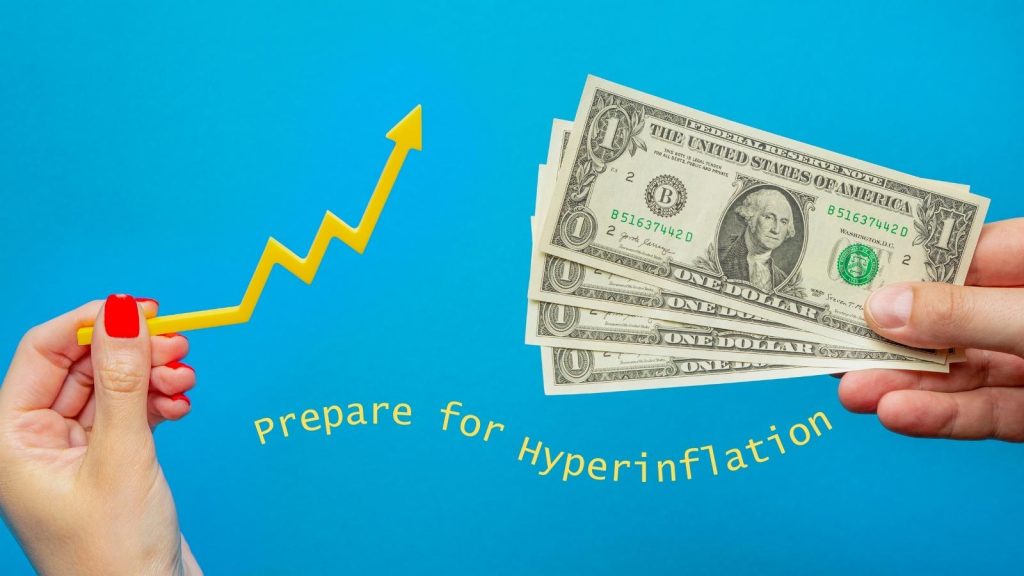Finding new customers is hard work. Keeping them coming back is where real growth happens for small businesses. Repeat customers don’t just buy more, they often spend more, refer friends, and trust your brand. But how do you keep your business top-of-mind without being annoying? The answer is simple: follow-up emails that encourage repeat business.
Follow-up emails provide a direct line to your buyers, allowing you to thank them, offer assistance, and suggest other products they may be interested in.
By maintaining this connection, you generate an environment where customers feel valued, leading to increased repeat business.
Effective follow-ups can significantly enhance your chances of securing repeat business from satisfied customers.
With well-timed, thoughtful emails, you can build a steady stream of repeat customers and gently introduce upsells in a way that feels natural, not pushy. Here’s how it works and how you can make it happen today.
Table of Contents
Why Repeat Customers Are Essential for Small Business Success
Not all customers are created equal. Research shows repeat customers are worth up to 10 times as much as their first purchase. They’re far more likely to buy again and spend up to 67% more than new shoppers. That’s because they know your business, trust your products, and don’t need the hard sell to encourage more repeat business.
If you’re still chasing new leads every week, you might be missing easy wins. Loyal customers provide steady income, positive reviews, and often spread the word for free.
When you focus on keeping existing buyers happy, it can cost up to five times less than continually seeking new ones. For small business owners, this means increased profits, stronger community ties, and greater peace of mind.
What Is Repeat Business?
Repeat business refers to customers who continue to purchase from you again and again. This indicates that they trust your products or services and perceive real value.
When people return, you spend less on advertising and save time finding new buyers. Loyal customers often give helpful feedback and recommend your business to others. Building strong relationships with repeat customers can steady your income and help your business grow.
Focusing on repeat business isn’t just about profit; it’s about creating a brand people rely on.
How to Use Follow-Up Emails For Encouraging Repeat Business and Drive Upsells
Emails can do more than share deals. They help you build relationships, answer questions, and offer solutions. Here’s how to make each follow-up count:
Timing Your Follow-Ups for Maximum Repeat Business Impact
Success depends on when you reach out. Strike while the memory is fresh:
- Immediately after purchase: Send a thank-you note and a summary of the order. Show you care about their business.
- After delivery, please confirm that everything arrived safely. Offer tips for using the product or invite questions.
- A week later: Check in again. This is an ideal opportunity to suggest related products or request feedback.
- Regular intervals: Share updates, loyalty rewards, or seasonal promotions approximately one to two months after the sale.
Each email should align with the customer’s current stage in their journey. You don’t want to send a discount before their package even arrives.
Writing Messages That Build Trust and Generate Repeat Business
People buy from people. Friendly messages go a long way. Use simple, honest language that sounds like a real person, not a robot. Try these repeat business ideas:
- Keep it brief: Respect their time. Aim for 4 or 5 sentences.
- Express thanks: A little gratitude builds a lot of goodwill.
- Offer help: Ask if there’s anything they need or if you can answer any questions.
- Invite a reply: Encourage them to reach out—“Just hit reply, I’m happy to help!”
Sample message:
Hi [Customer Name],
Thank you for your recent order. I wanted to check in and make sure everything arrived as expected. If you need any tips or have questions, I’m just an email away. Hope you love your new [product]!
Small gestures like this help buyers feel remembered, not just sold to.
Personalization and Segmentation Tips for Emailing for Repeat Business
Everyone wants to feel special. Make your emails about them, not the crowd:
- Use their name in the greeting and subject line.
- Mention what they bought in the email.
- Suggest products that fit what they’ve purchased before.
- Break your list into groups based on what, when, and how often people make purchases. Send campaigns that fit each group.
For example:
A customer who bought a camera last month gets tips on photography and an offer for lenses, not a generic ad for phone chargers.
Segmenting your audience makes each message more relevant, which boosts open rates and sales.
Upsell Offers That Feel Helpful, Not Pushy
Upselling doesn’t have to feel like a hard sell. When you understand what your customers like, you can offer upgrades or add-ons that genuinely enhance their experience. Here’s how:
- Bundle products: “People who bought this also love these items together.”
- Special discounts: “As a thank you for your last order, here’s 20% off your next purchase.”
- Loyalty rewards: “Earn double points when you try something new this week.”
- Reminders: “It’s been a while since your last order—here’s something you might enjoy.”
Key tip: Always present upsells as solutions, not just extra sales. If a customer has just purchased hiking boots, suggest socks or a waterproof spray—products they’ll use, not random items or services.
My Personal Experience
Last month, I sent an email to my clients using HubSpot, giving them a quick update on their social media progress. I also mentioned that I now offer Google My Business help and other social media services.
The email was concise and focused on recent successes and how I could provide additional support. Within an hour, one client replied, interested in adding a new service. This proved that a direct update, paired with a simple upsell offer, can get a fast response.
The process was straightforward, and the result reminded me that staying visible and clear about what you offer works. If you haven’t tried sending a service update or upsell email yet, take the step. Even a simple message can generate additional business.
Conclusion: Building Repeat Business
Repeat customers are the engine that powers long-term growth for small business owners. Through timely, personal follow-up emails, you can build trust, reward loyalty, and suggest upsells that make sense for each buyer.
These small touches add up to bigger orders, higher satisfaction, and a business that genuinely feels like a community hub. Take a fresh look at your email strategy and ask:
Are you doing all you can to turn new buyers into lifelong fans? Now’s the time to start.




